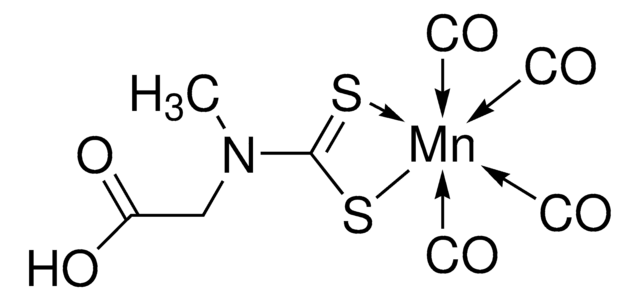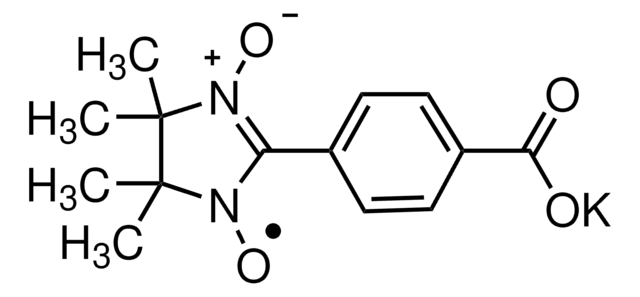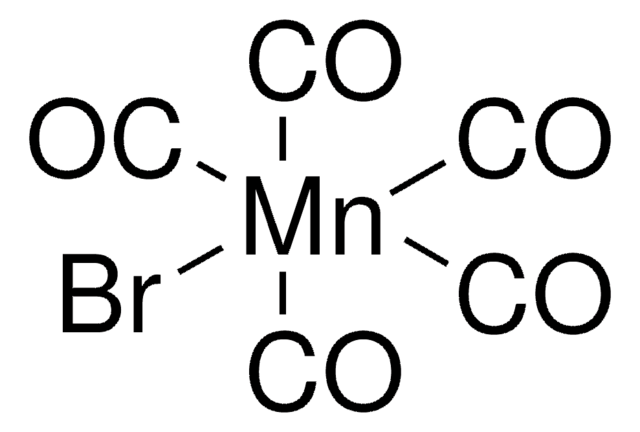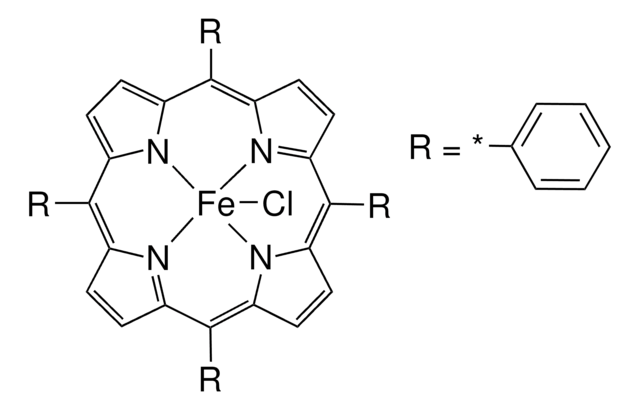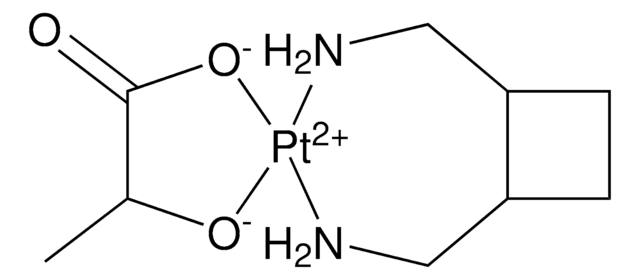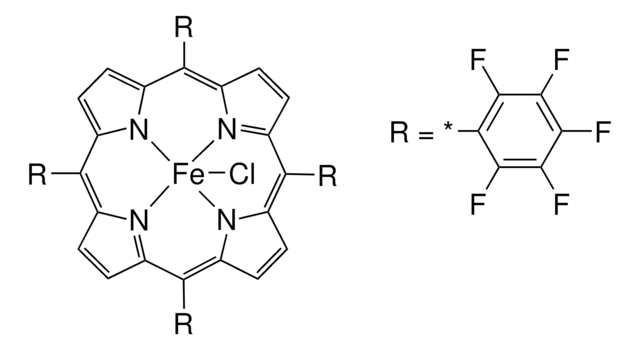SML0496
CORM-3
Synonym(e):
Carbon monoxide releasing molecule 3, Tricarbonylchloro(glycinato)ruthenium (II)
About This Item
Empfohlene Produkte
Form
powder
Qualitätsniveau
Lagerbedingungen
desiccated
Farbe
white to beige
Löslichkeit
H2O: 20 mg/mL, clear
Versandbedingung
wet ice
Lagertemp.
−20°C
SMILES String
[Ru+2].[Cl-].NCC(=O)[O-].O=[C].O=[C].O=[C]
InChI
1S/C2H5NO2.3CO.ClH.Ru/c3-1-2(4)5;3*1-2;;/h1,3H2,(H,4,5);;;;1H;/q;;;;;+2/p-2
Anwendung
Biochem./physiol. Wirkung
Lagerklassenschlüssel
11 - Combustible Solids
WGK
WGK 3
Flammpunkt (°F)
Not applicable
Flammpunkt (°C)
Not applicable
Hier finden Sie alle aktuellen Versionen:
Analysenzertifikate (COA)
Die passende Version wird nicht angezeigt?
Wenn Sie eine bestimmte Version benötigen, können Sie anhand der Lot- oder Chargennummer nach einem spezifischen Zertifikat suchen.
Besitzen Sie dieses Produkt bereits?
In der Dokumentenbibliothek finden Sie die Dokumentation zu den Produkten, die Sie kürzlich erworben haben.
Kunden haben sich ebenfalls angesehen
Verwandter Inhalt
DISCOVER Bioactive Small Molecules for Nitric Oxide & Cell Stress Research
Unser Team von Wissenschaftlern verfügt über Erfahrung in allen Forschungsbereichen einschließlich Life Science, Materialwissenschaften, chemischer Synthese, Chromatographie, Analytik und vielen mehr..
Setzen Sie sich mit dem technischen Dienst in Verbindung.
